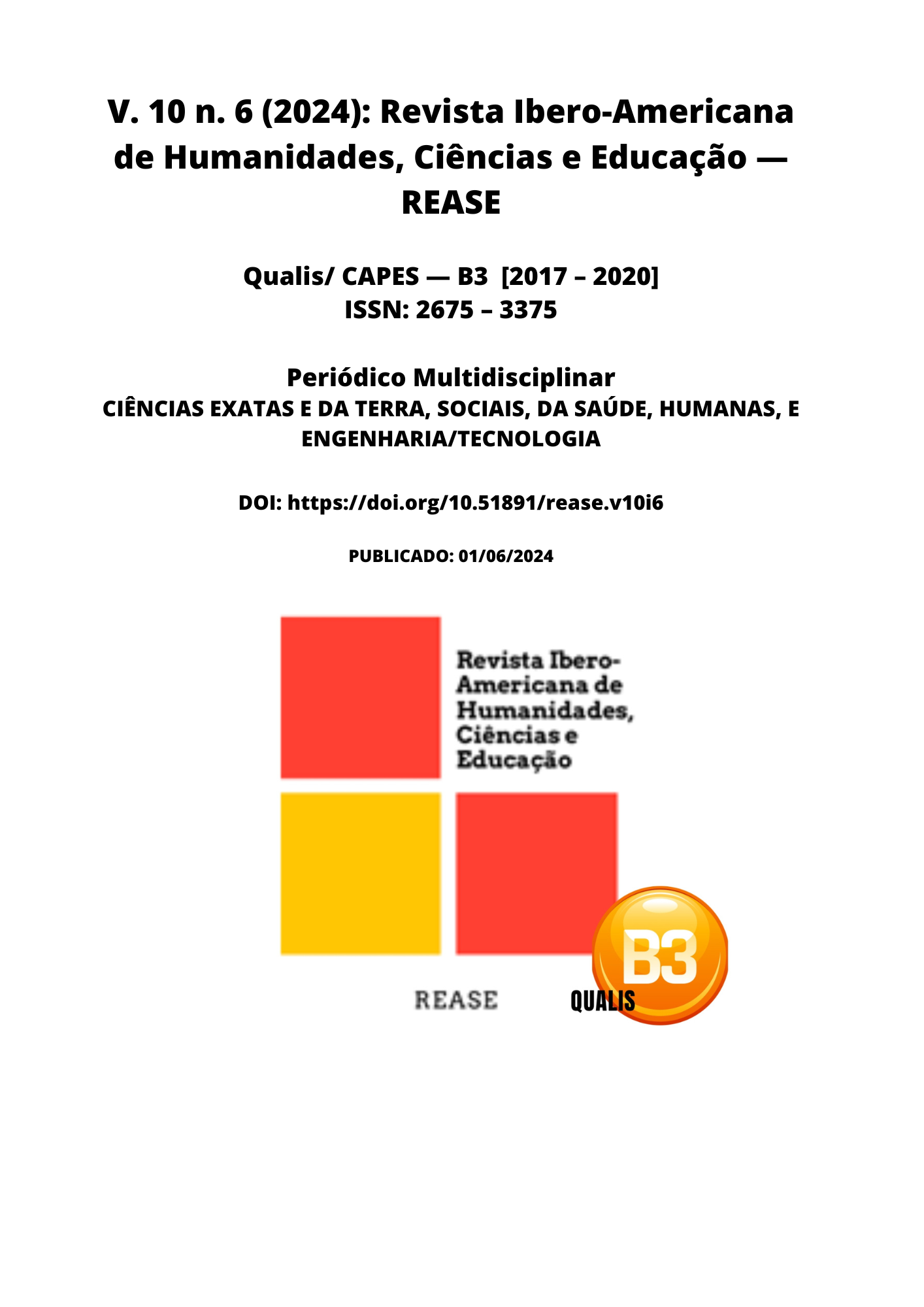UNVEILING THE CREDIT PROTEST: MAXIMIZING RECOVERY AND REDUCING DEFAULTS
DOI:
https://doi.org/10.51891/rease.v10i6.14234Keywords:
Protest. Credit titles. Debt documents. Charge. Rights.Abstract
Protest is a legal institute originating from medieval commercial practices, used as a means of proving default and non-compliance with an obligation arising from credit instruments, such as bills of exchange. Held before a notary and witnesses, the protest allows the holder of the title to regressively sue the drawer of the note or request the debtor's bankruptcy. Initially regulated by the Commercial Code of 1850, by Decree nº 2,044/1908, by the Uniform Law of Geneva, by the Law Duplicates and the Check Law, the protest is currently defined and regulated by Law No. 9,492/97, which addresses services concerning the protest of titles and other debt documents. This law expands the concept of protest, allowing documents that are not credit securities to be protested, as long as they are liquid, certain and demandable. Furthermore, the law regulates the protest procedure and the duties of notaries. With a probative and rights conservation function, the protest also has a social and psychological meaning, as it induces the debtor to comply with the obligation, avoiding the judicialization of the conflict and the slowness of the process. It also serves as an instrument of information and risk prevention in the credit market, as it allows creditors to know the registration status of debtors and take appropriate measures to guarantee the receipt of their credits. This article aims to analyze the protest institute , its historical origin, classification, legal regulation, legal effects and social function, highlighting the importance of protest as an instrument for demanding and preserving rights.
Downloads
Downloads
Published
How to Cite
Issue
Section
Categories
License
Atribuição CC BY

